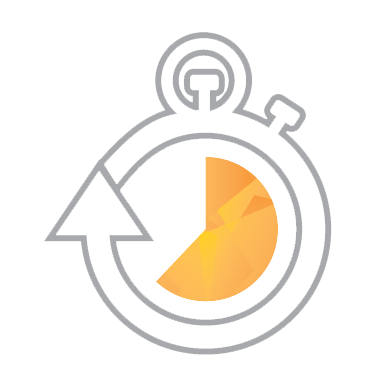Melbourne is enticing people to move south with a wealth of job opportunities combined with a lower cost of housing compared to its northern neighbour, figures from the Australian Bureau of Statistics reveal. And this trend is set to continue with recent high-profile company announcements to move to or set up in Melbourne, including Alibaba’s founder Jack Ma’s February announcement to establish their Australian operations in Melbourne, along with David Jones’ move of its Sydney Headquarters south taking with it an estimated 1000 jobs that has some suggesting that Sydney is facing a current ‘talent and brain drain’ exodus to its southern neighbour.
What hasn’t been revealed is the size of deals the Victorian government has done to encourage the multinationals and big business to set up their operations in Melbourne, but what is clear is that it’s working with Victoria’s population growing at 2.1 per cent while New South Wales and Queensland are growing at 1.4 per cent.
Melbourne and Sydney want to establish themselves as the tech hub of Australia and it remains to be seen as to who will ultimately come out on top. Melbourne’s momentum is building with two other large multinationals, Xero (accounting software giant) and Go Pro (global technology) announcing Melbourne will be the site for their Australian head offices.
Google’s decision in April to back out of its plan, to move its Australian headquarters to the former Sydney White Bay Power station has been a big setback for the Bays precinct dubbed ‘Silicon Harbour‘, however Google’s head office currently remains in Sydney along with the likes of Facebook, Apple and Amazon.
Alibaba’s Australian HQ is located in Collins St in the Melbourne CBD. The head offices of David Jones and Country Road Group will be re-located to a new WHL corporate HQ in the Melbourne suburb of Richmond. GoPro has taken a two-year lease in Prahran. Xero chose the Melbourne inner suburb of Hawthorn, 6 kilometres from the CBD to establish their Australian headquarters.
Interestingly, there is one more factor that helping to fuel Melbourne’s population increase and relates back to the 1990s when there was a slump in birth rates in Victoria. What this means is there is currently a shortage of local people aged 17 to 27 entering the workforce in Melbourne, so this gap is being filled by national and international migration.
If this move south trend continues, it remains to be seen how one of the most liveable cities in the world, Melbourne, will cope with a rapidly increasing population; and what that effect that will have in terms of densifying suburbs, increased congestion and on property prices as the demand grows from these highly paid tech employees to buy those ‘cheaper’ Melbourne houses as compared to the Sydney market.









